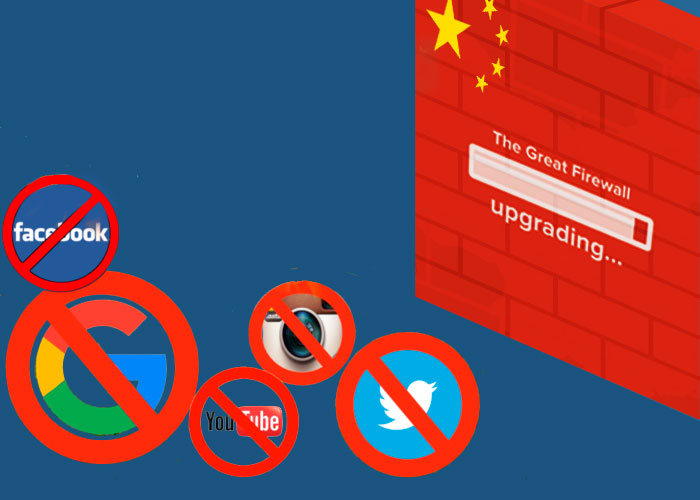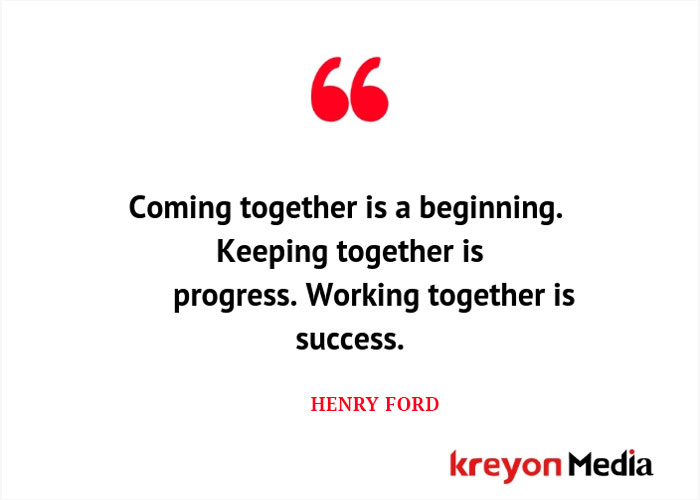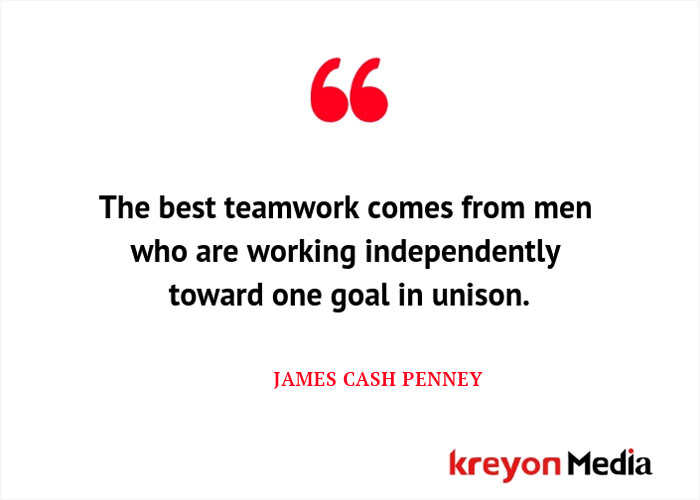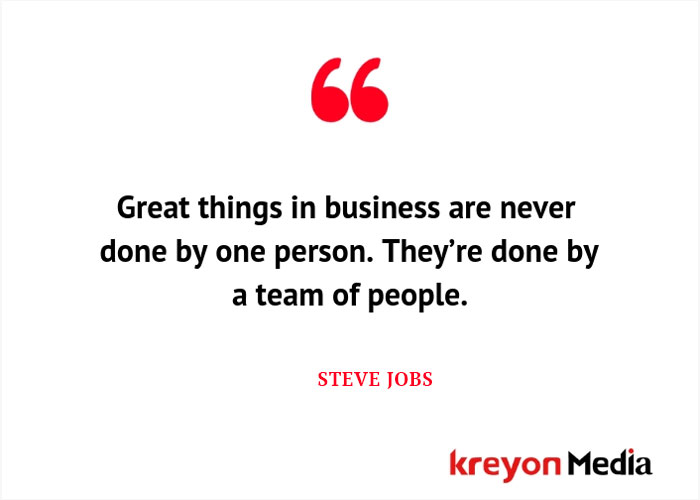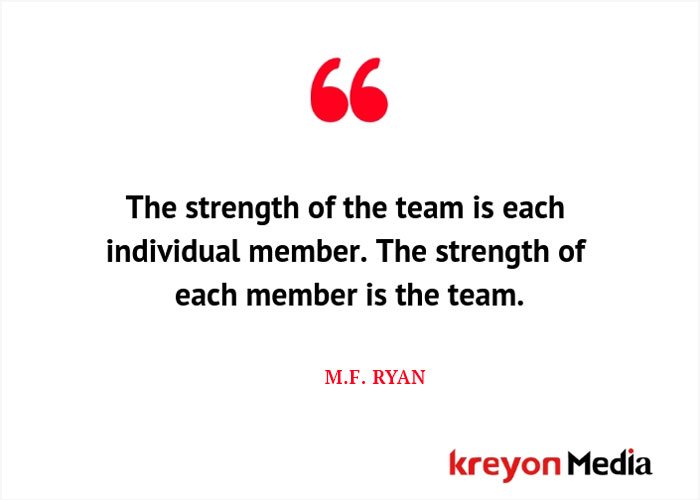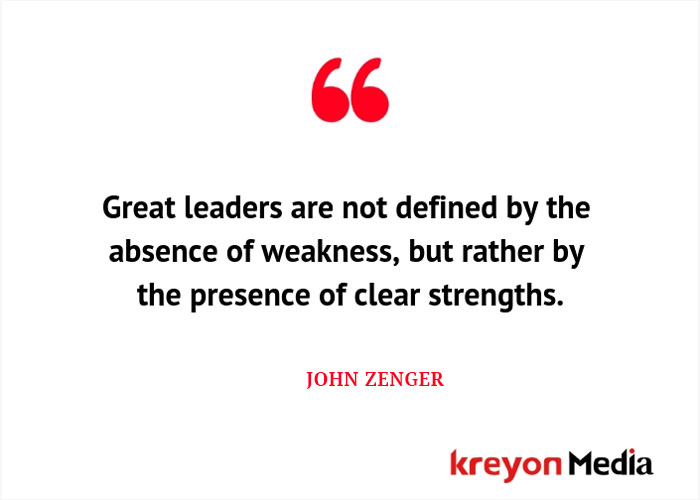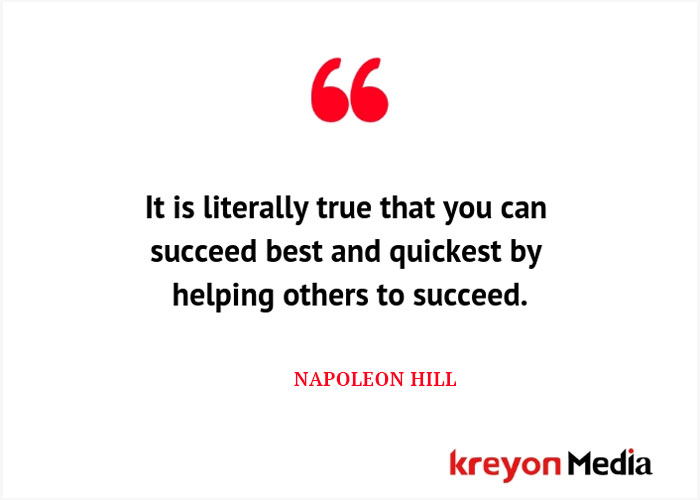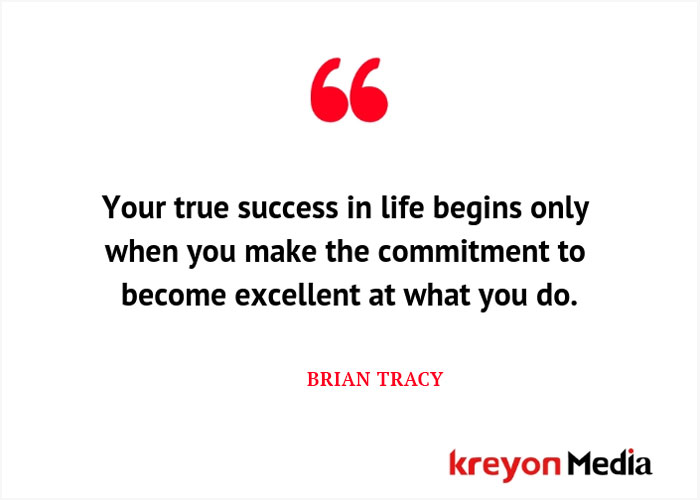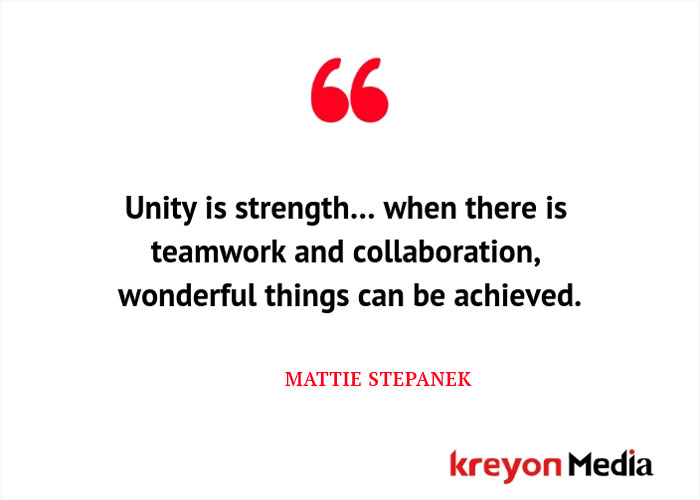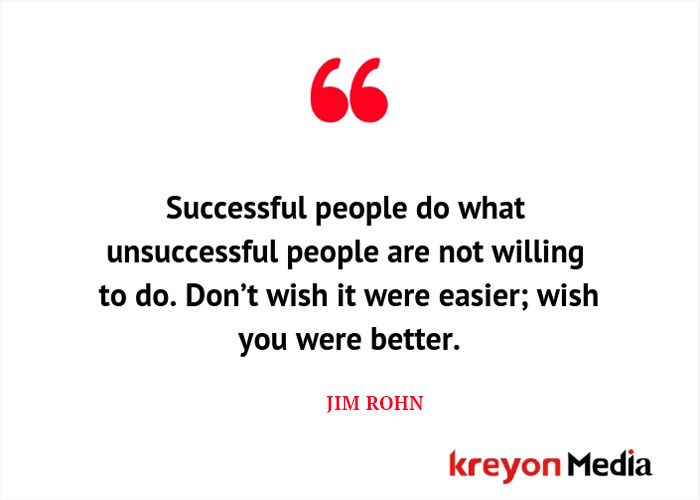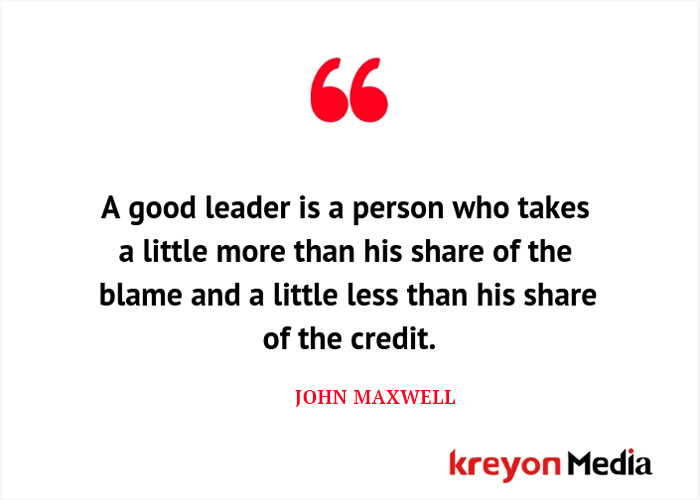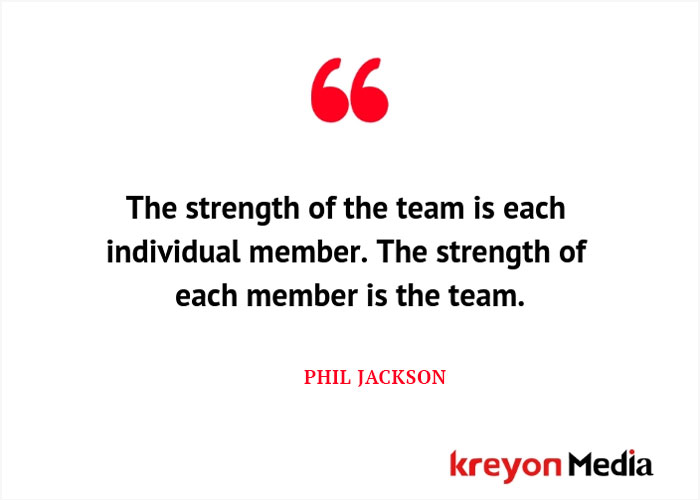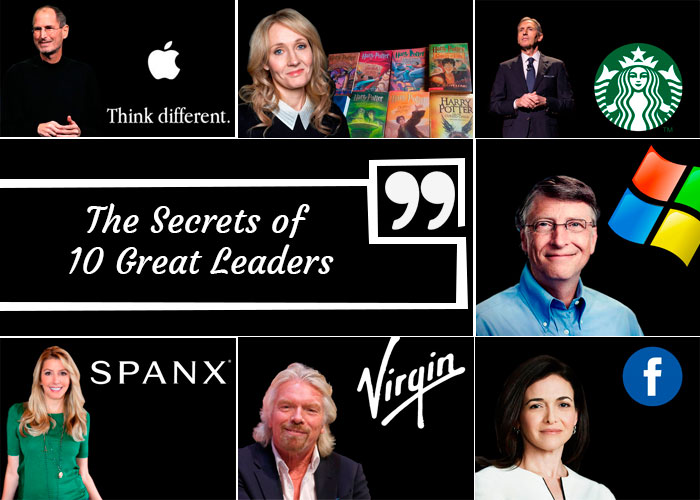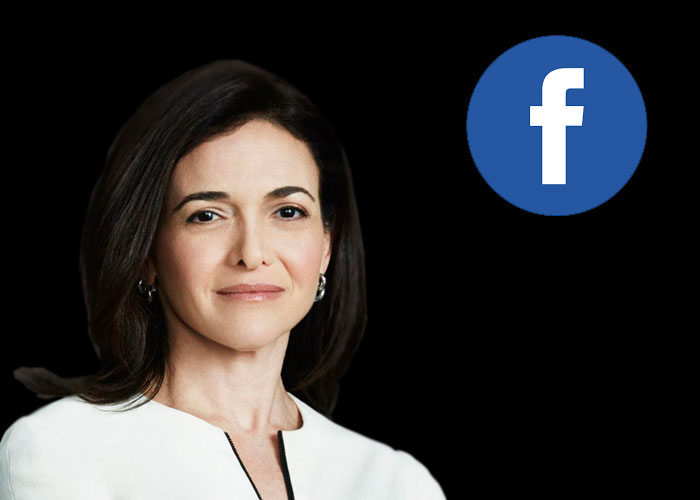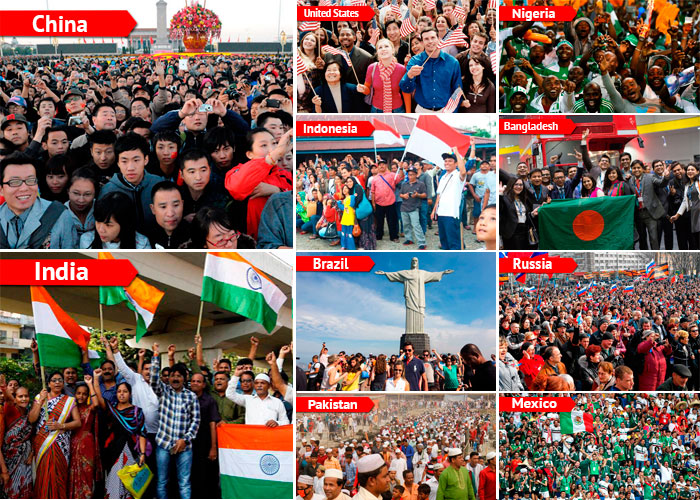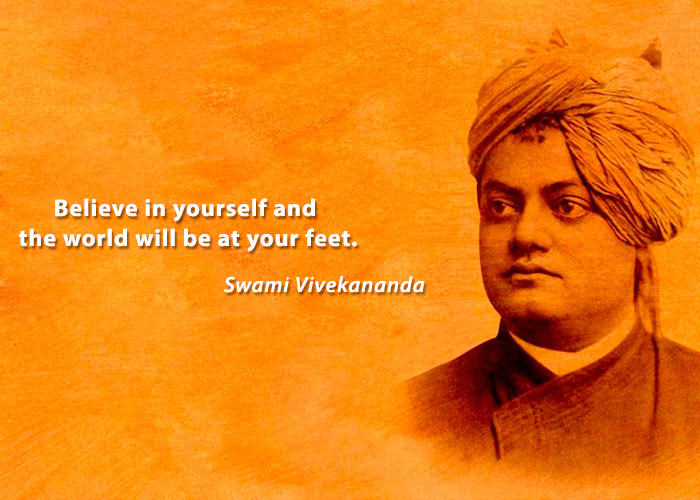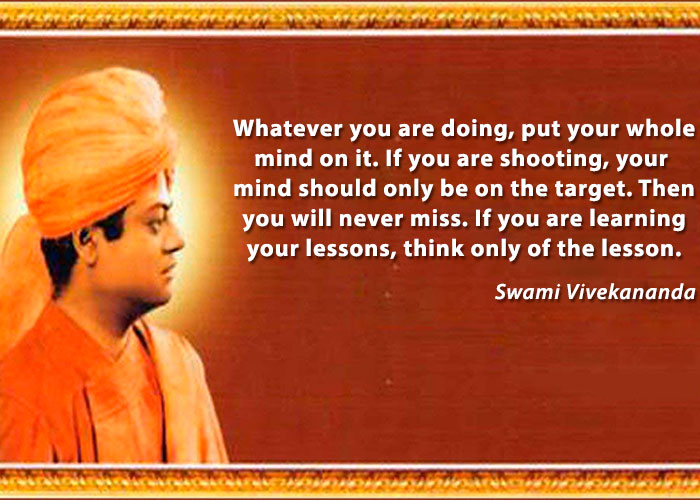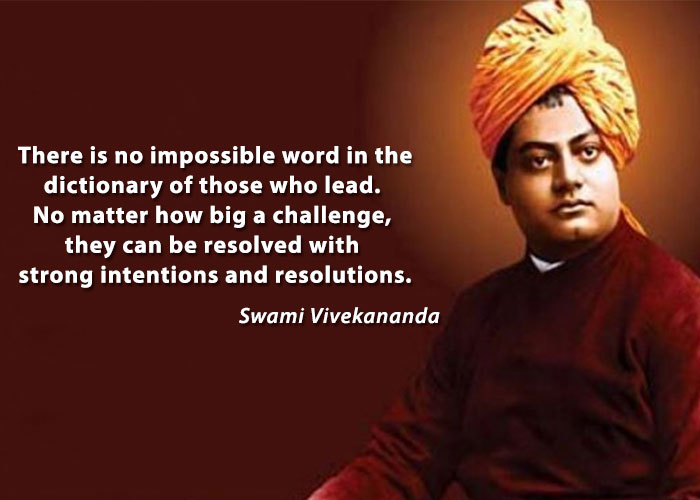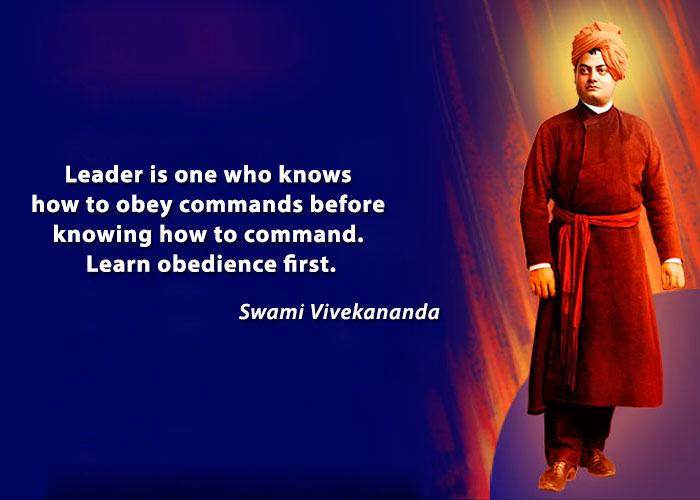10 Most Linked Web Pages in the World
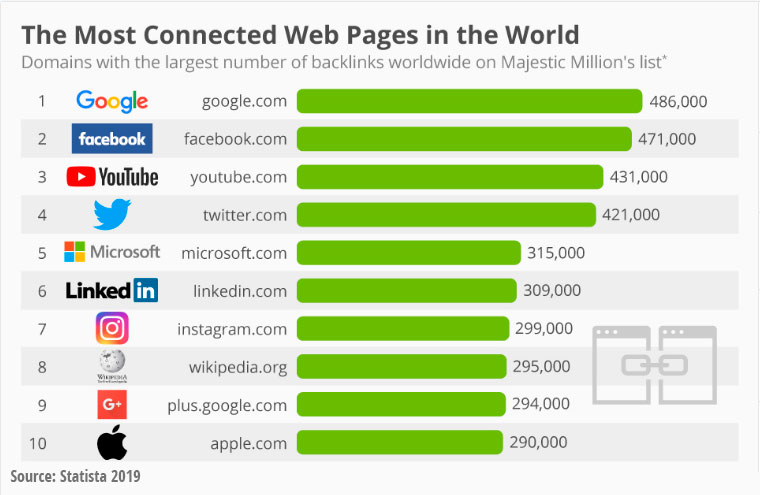
The world of web is quite fascinating. More and more people are getting connected to the web. The web is a virtual world on its own. According to Netcraft, as of 2018, there are atleast 1.8 billion websites in the world. The internet is very big and quite phenomenal in size.
So, how do search engines evaluate the huge amount of information and the websites. One of the most important metrics for them is to evaluate the links for a particular webpage or site. Search engines typically dig up the number of links, quality of those links to evaluate a web page & find its relevance.
Some of the dominant platforms like Google, Facebook and twitter have changed the way people interact, exchange information and operate their day to day lives. They have amassed huge following and naturally it is reflected in the number of links they’ve acquired.
The number of links to your site or web page is a good indicator of its power on the web. Here we look at the most linked web pages in the world.
1. Google

You wouldn’t expect any other website to top the number of backlinks other than Google. It is the numero uno website with maximum pages pointing to it. Google was started as a research project by Sergey Brin and Larry Page at Stanford University in 1996. It became Google in 1998 and the defacto search engine for the world since then. It has 486,000 million backlinks.
2. Facebook

Facebook is still the world’s most popular social networking website. Users can post comments, share photographs and links to news or other interesting content on the web, chat live, and watch short-form video. The amount of time people spend on Facebook is quite staggering. Facebook is fast catching up with Google and has 471 million backlinks.
3. YouTube

YouTube is a video sharing service where users can watch, like, share, comment and upload their own videos. It is the largest video platform in the world with more than 5 billion videos viewed on Youtube daily. Whether you want to learn anything or entertain yourself, Youtube is the place to be. It ranks third among the most linked sites with 431,000 million backlinks.
4. Twitter

Twitter is the micro messaging site that is very popular with media, news, celebrities and people around the world. The site was started in 2006 and remains one of the most favorite social media websites in the world. The people can communicate on Twitter using short messages known as tweets. Twitter has garnered 421,000 million backlinks and is fourth on this list.
5. Microsoft

Microsoft is among the leading technologies of the world with computer software; hardware for computer, mobile and gaming systems; and cloud services. Microsoft’s operating system Windows is the most widely used OS on PCs. It remains of the most valuable companies in the world even after four decades since it was founded. It’s official website “microsoft.com” has 315,000 million backlinks.
6. Linkedin

LinkedIn is a social media platform geared for professionals. LinkedIn is the biggest professional network in the world. The top decision makers and professionals from the world are interconnected on LinkedIn. LinkedIn was acquired by Microsoft in 2016 for $26.2 billion. It has employers, recruiters and skilled professionals all on one platform It ranks sixth among the most linked pages on the web with 309,000.
7. Instagram

Instagram is a social networking platform for sharing photos and videos. It is one of the most popular social networks with over 1 billion users. The social networking site has very high level of user engagement and particularly lucrative for fashion brands around the world. Instagram was acquired by Facebook for $1 billion in 2012. It has 299,000 million backlinks.
8. Wikipedia

Wikipedia is a free, open content online learning portal or encyclopedia created through the collaborative effort of community of users. Wikipedia has great reliability, authentic information and user curated content with appropriate sources for everything. It has 295,000 million backlinks.
9. Google Plus

Google+ (pronounced Google plus) is a Google social networking platform. The Google+ was designed to take on social networking sites like Facebook, however, despite strong backing from Google, the project failed to receive the kind of success it anticipated. Google+ is expected to be shut for the consumers in April 2019. It was launched in June, 2011 and had over 110 million users. Google+ has 294,000 million backlinks.
10. Apple

Apple is one of the most valuable companies and was the first American company to touch a market capitalisation of $ 1 trillion in 2018. It is one of the most prominent technology companies best known for its series of personal computers, the iPod, iphones, ipads and several other revolutionary products. Apple’s unique strength has been its ability to differentiate itself from others with user centric products that are designed for great customer experience. Apple is the tenth most popular website with 290,000 backlinks.




